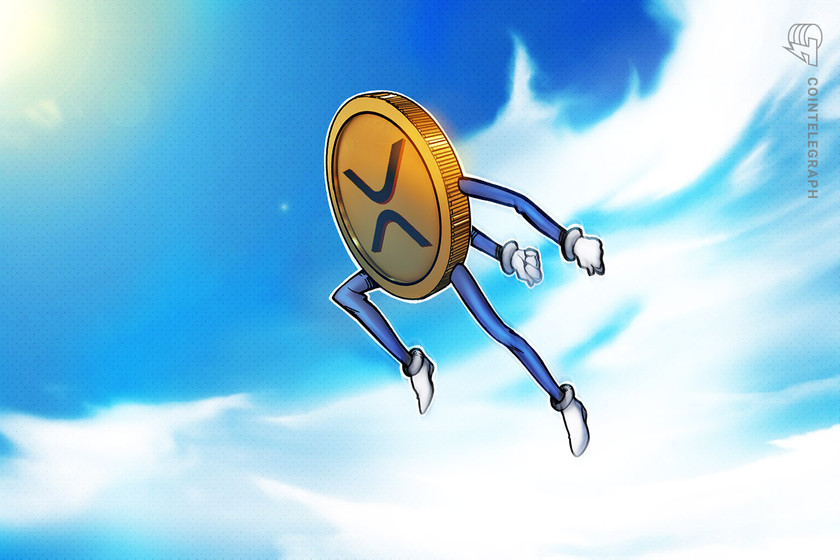PwC Venezuela Twitter account hacked, attacker shills fake XRP giveaway


An attacker gained access to PwC Venezuela’s Twitter account and has been actively posting cryptocurrency phishing links for the last eight hours at the time of the writing.
The official Twitter account of Big Four accounting firm PwC Venezuela, was compromised and has been used by the hacker to share links to fraudulent Ripple (XRP) token giveaways.
An attacker gained access to PwC Venezuela’s Twitter account and has been actively posting cryptocurrency phishing links for the last eight hours at the time of the writing. Considering that all the tweets posted by the hacker remain active, it is evident that PwC officials have yet to realize the compromise.


Investors clicking on the links remain at risk of being defrauded by the hacker. If not mitigated promptly, the threat may be catastrophic, considering that PwC Veleneula’s Twitter currently boasts over 37,000 followers.
Cointelegraph has reached out to PwC Venezuela to inform them about the hack. PwC Venezuela has not yet responded to Cointelegraph’s request for comment.
Related: Elon Musk-crypto video played on S. Korean govt’s hacked YouTube channel
BlueBenx, a Brazilian crypto lending platform, recently blocked 22,000 users from withdrawing funds following an alleged hack that drained $32 million, or 160 million Brazilian real.
Regarding the hack, an unnamed investor told Portal do Bitcoin:
“I think there’s a high probability of it being a scam because this whole hacker attack story seems like a lot of bullshit, something they invented.”
The statement reflects a general lack of trust among investors in centralized crypto exchanges.















